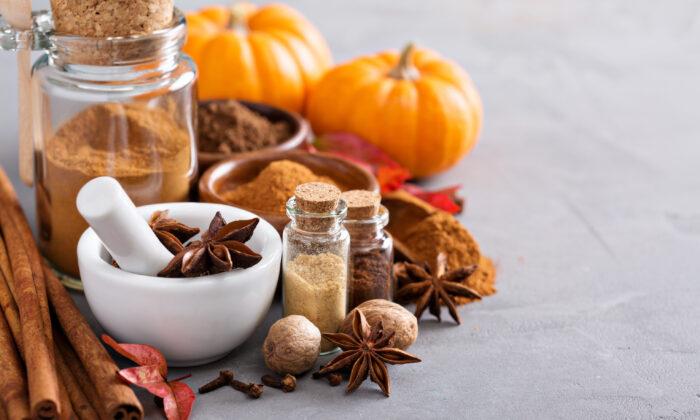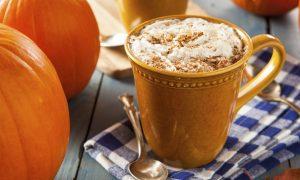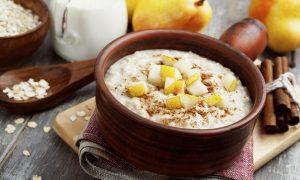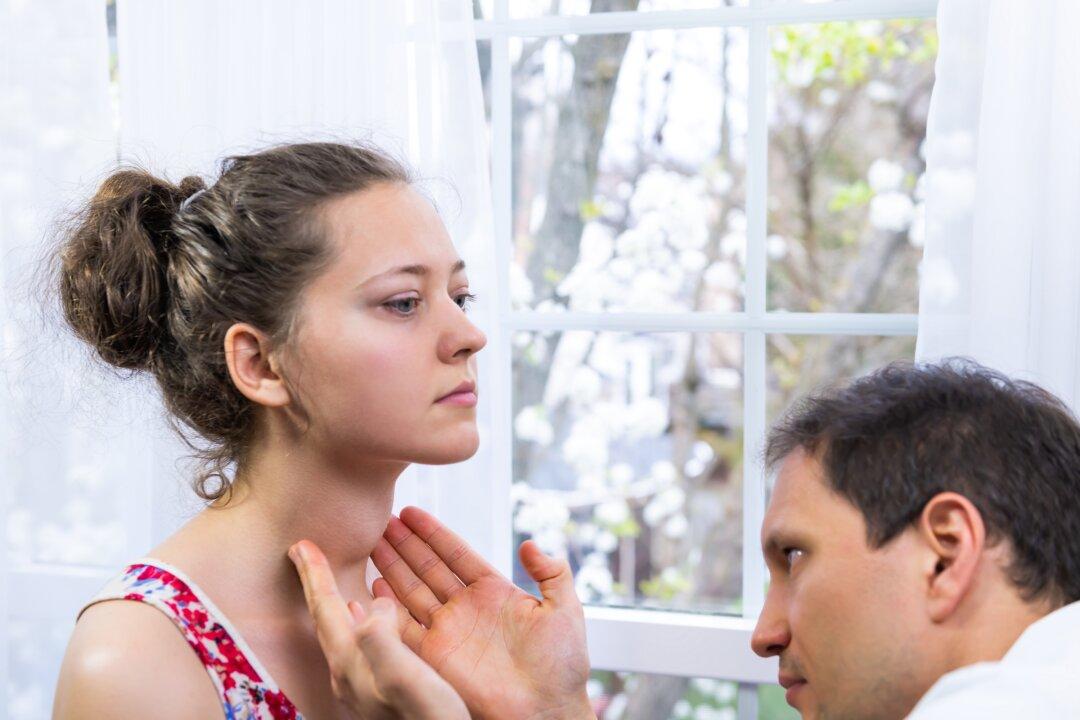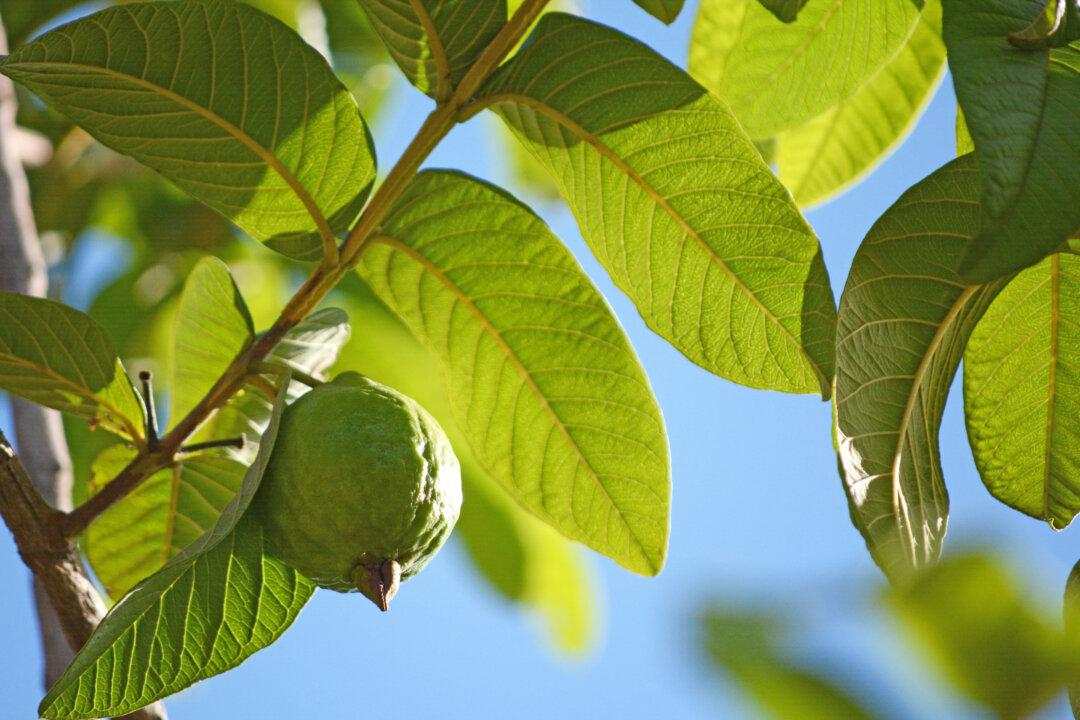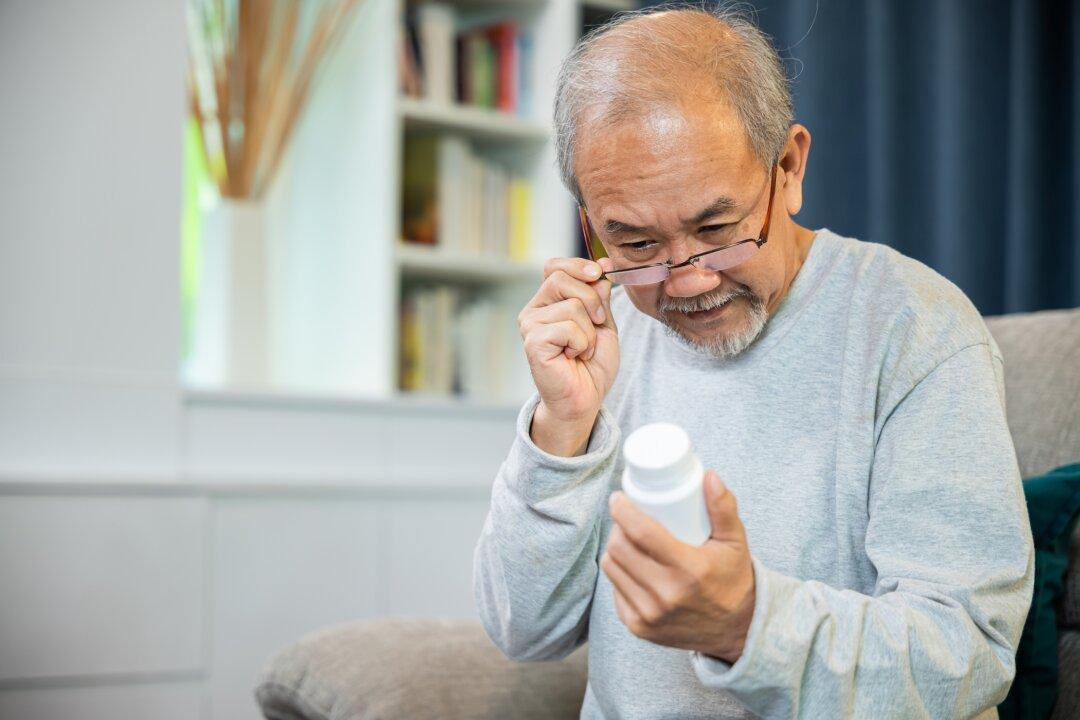It’s that time of year, when “pumpkin spice” becomes ubiquitous for everything from coffee to the candle burning on your bedside table. Let’s take a closer look at the warmly aromatic spice blend that has become synonymous with fall
Pumpkin spice, often sold as pumpkin pie spice, is a convenience blend of the different spices called for in a traditional pumpkin pie recipe. A combination of cinnamon, ginger, nutmeg, cloves and sometimes allspice, these warm, aromatic spices bring out the subtle sweetness of pumpkin, a type of squash used not just in pies, but in breads, cookies, drinks and other recipes that mark the autumn season in North America.
Cinnamon
Cinnamon has been used to flavor foods and beverages for thousands of years. There are many types of cinnamon, but the most common varieties are Ceylon or “true” cinnamon (Cinnamomum verum), grown primarily in Sri Lanka, and cassia cinnamon (Cinnamomum aromaticum), which is grown throughout southeast Asia. The bark is stripped and peeled to harvest spice-grade cinnamon, while the leaves, flowers and fruits of the plant are used in cooking as well as traditional herbal remedies.The type of cinnamon plant as well as the method of harvest are important factors in both taste and health effects. Rich in antioxidants, Cassia cinnamon has been used topically as an insect repellent, while Ceylon cinnamon is promoted as a dietary supplement for gastrointestinal upset.
While most people are unlikely to overconsume cinnamon, when taking supplemental quantities it’s important to ingest only the Ceylon variety, preferably organically grown. Cassia cinnamon contains a chemical called coumarin, which can be harmful to the liver.
One of the most studied health conditions for which cinnamon has shown promise is Type 2 diabetes mellitus. A 2011 meta-analysis published in the Journal of Medicinal Food determined that cinnamon intake results in a statistically significant lowering of fasting blood glucose levels for people with Type 2 diabetes and/or prediabetes.
Nutmeg
Used in sweet and savory dishes around the world, nutmeg (Myristica fragrans) is a spice that has been valued for centuries. Closely related to mace, nutmeg is the seed of the plant and mace, the dried covering around the seed. Native to Indonesia and a fundamental commodity on the Silk Road spice trade, nutmeg is now widely grown across the tropics.- Antibacterial properties
- May act as an antidepressant
- Alleviates chronic pain
- Antithrombotic (improves circulation)
Ginger
A powerful health ally, ginger is the versatile root of the plant Zingiber officinale. A staple in kitchens for hundreds of years, powdered ginger adds a fruity, zesty brightness to desserts, drinks and holiday dishes. With 355 scientific abstracts and more than 100 known pharmacological actions on GreenMedInfo.com’s research database, ginger is also a treasured traditional herbal medicine.- Heart disease
- Stroke
- Cancer
- Type 2 diabetes
- Ulcerative colitis
Cloves
Cloves are the curiously shaped flower buds of the Syzygium aromaticum tree. Available in whole or ground form, this warm, aromatic spice is reminiscent of holiday traditions across the globe. A scented pomander made by inserting whole cloves into an orange is a traditional holiday gift in many parts of the world, and cloves are a distinctive facet of the warm, sensual aromas that make the holidays so enjoyable.Native to Indonesia, cloves are now cultivated across the world with a concentration in South America. Cloves are rich in fiber, vitamins and minerals, and are one of the richest sources of phenolic compounds, the plant-based phytochemicals used in numerous pharmaceutical, cosmetic and agricultural products.
In recipes, cloves are generally used in small amounts in combination with spices such as cinnamon and nutmeg. As a health and beauty aid, cloves are available in a wide array of products and forms, including capsules, tinctures, ointments, salves, creams, soaps and toothpastes.
Allspice
Allspice is the dried, unripe fruit of the tropical tree Pimenta dioica. Brought to the modern world during the voyages of Christopher Columbus, allspice is universally prized for its warm, aromatic properties. Commercially available allspice is often made from a related species, Pimenta racemose, with Jamaican allspice considered superior due to higher concentrations of essential oils. Allspice is the most popular spice in Jamaica and a key ingredient in holiday feasts the world over.Therapeutic properties of allspice are attributed to two of the known isolated compounds, eugenol and gallic acid. Shown in human and animal trials to have selective antiproliferative and antitumor properties, these potent polyphenols can be extracted from both the fruit and the leaves of the Pimenta dioica tree.
Buyer Beware: When Pumpkin Spice Isn’t What It Seems
Despite the superfood status of the spices in real pumpkin spice, most of the commercially available pumpkin-spiced products do not provide therapeutic benefits. Instead, they are an effective ploy to engage consumer muscles by evoking festive memories of holidays-past. This, on its own, would not be problematic for your health. However, pumpkin spice-flavored products are often brimming with artificial flavors and mega-dosed with sugar.Take the perennial favorite, Starbucks’ Pumpkin Spice Latte. The “PSL,” as it is referred to by fans and baristas, is so popular it even has its own social media account: @TheRealPSL. Setting the hype aside, what’s really in the cup?
According to Starbucks’ website, a Grande (16 ounce) PSL made with 2% milk and no whipped cream contains 50 grams of sugar. This means this “medium” beverage contains more than double the daily upper limit of sugar recommended for most women (24 grams) and 14 grams more than is recommended for most men.
Healthy Pumpkin Spice
- 3 Tbsp. ground cinnamon
- 2 tsp. ground ginger
- 2 tsp. nutmeg
- 2 tsp. ground cloves
- 1.5 tsp. ground allspice

